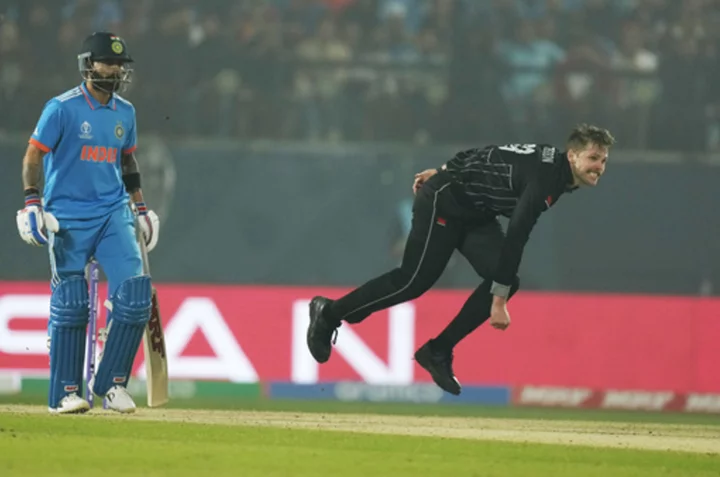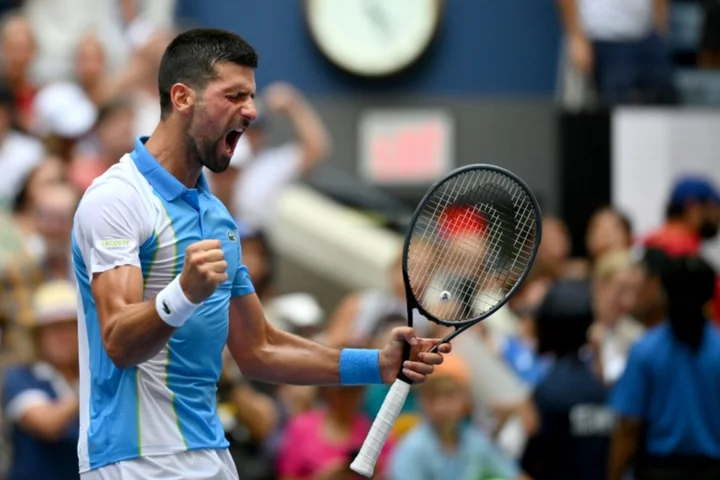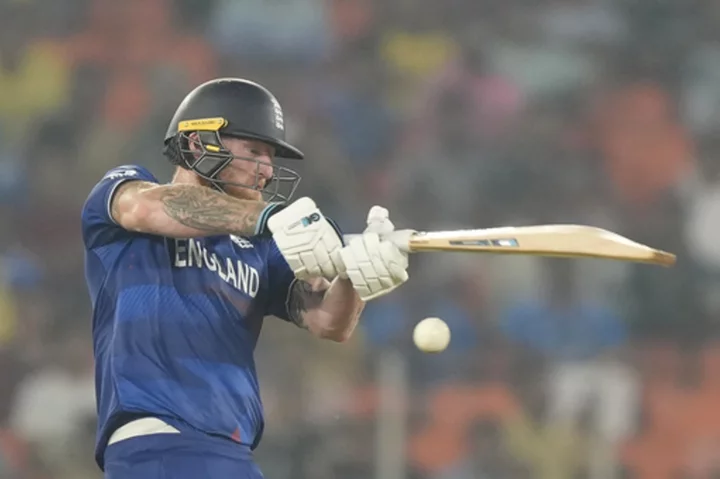The serious end of the Cricket World Cup begins for Australia and New Zealand on Saturday in a Himalayan setting for their trans-Tasman clash — the final game of the tournament at Dharamsala.
Both teams have played five games — New Zealand is placed third with eight points from four wins and trails second-place South Africa on net run-rate. Australia has won three out of five games and is placed fourth with six points.
For New Zealand, it marks the beginning of a tough run of games. After Australia, it takes on South Africa (Nov. 2), Pakistan (Nov. 4) and Sri Lanka (Nov. 9). All of its final four opponents are still in the running for a semifinal spot.
In the absence of Kane Williamson and Tim Southeee, the Black Caps did well to win its first four games against England, the Netherlands, Afghanistan and Bangladesh. It then lost to India in Dharamsala, and it wasn’t a one-sided game as the hosts were made to work hard in the 274-run chase.
Given the topsy-turvy nature of results in this tournament, including three shock upsets so far, New Zealand will need at least two more wins in its remaining four games to guarantee a top-four spot.
Southee had been available for selection for the last game, but New Zealand opted to go in with its settled bowling attack. Pacer Lockie Ferguson has picked eight wickets in four games and has proved the best of New Zealand’s attack in overs 11-40.
With Williamson still a doubtful starter, New Zealand isn’t expected to make any changes. Its biggest question isn’t regarding personnel — instead, it is about rebounding from the loss against India and gearing up for a tough run-in leading to the semfinals.
Australia has turned its tournament around after a poor start, losing to India and South Africa in its opening games. It was even placed 10th on the table at one stage. Since then, the five-time champions have made a remarkable recovery in terms of points and form.
Its revival started against Sri Lanka — Australia won in Lucknow by five wickets. Then, it beat Pakistan by 62 runs on a good batting surface in Bengaluru. It was a vital win for Australia, constructed by fine hundreds from openers David Warner and Mitchell Marsh. Thereafter, it trounced the Netherlands by a record 309 runs — a win that helped its net run-rate go from negative 0.193 to positive 1.142.
Glenn Maxwell’s fastest hundred in World Cups was key to Australia’s run-rate recovery, but it was Warner again who laid the benchmark with a second consecutive hundred. Steve Smith and Marnus Labuschagne also scored fluent half-centuries, easing concerns over a problematic middle order.
Arguably the single biggest turning point for Australia’s World Cup campaign is Adam Zampa’s return to form. The wrist spinner has picked up 12 wickets in the last three games — all of them four-wicket hauls. Zampa leads the tournament’s bowling charts with 13 wickets.
“New Zealand are a really good side. We have a big game coming up in Dharamsala … we can’t wait to get there and play a World Cup match there,” said Australia captain Pat Cummins.
As was the case with the previous four games, conditions at the Dharamsala stadium will again be under the spotlight. There is no danger of fog stopping play — it is a day game.
“This is a beautiful place to play cricket. You look up at the mountains and it looks amazing,” said Black Caps’ Daryl Mitchell after the India game.
___
AP cricket: https://apnews.com/hub/cricket









